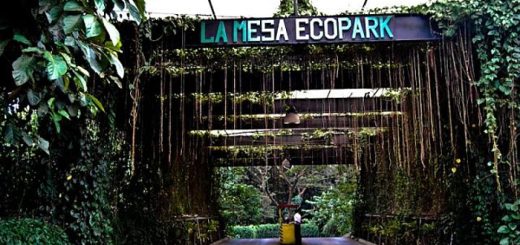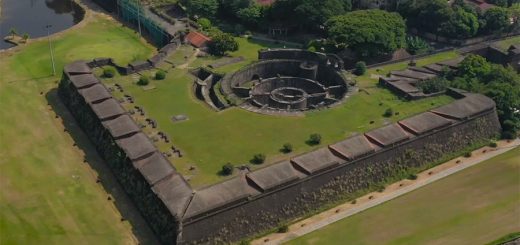Intramuros – the Walled City
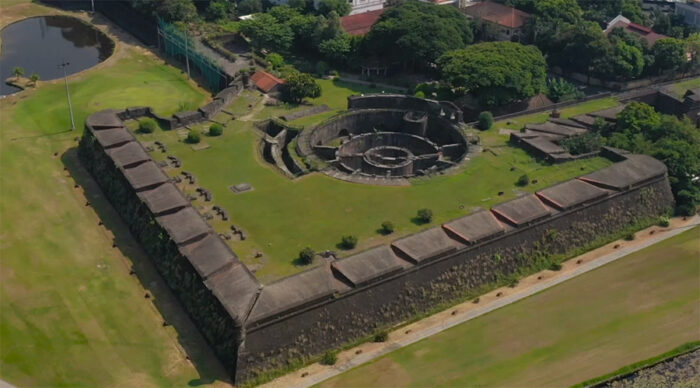
Intramuros (within the walls) is the oldest district and historic core of Manila, Philippines. It is also called the Walled City, and at the time of the Spanish Colonial Period was synonymous to the city of Manila itself. It was the seat of government when the Philippines was a component realm of the Spanish Empire. Districts beyond the walls were referred as the extramuros of Manila, the Spanish for “outside the walls”.Construction of the defensive walls was started by Spanish colonial government in the late 16th century to protect the city from foreign invasions.
The 0.67-square-kilometre (0.26 sq mi) walled city was originally located along the shores of the Manila Bay, south of the entrance to Pasig River. Guarding the old city is Fort Santiago, its citadel located at the mouth of the river. Land reclamations during the early 20th-century subsequently obscured the walls and fort from the bay.Intramuros was heavily damaged during the battle to recapture the city from the Japanese Imperial Army during the Second World War. Reconstruction of the walls was started in 1951 when Intramuros was declared a National Historical Monument, which is continued to this day by the Intramuros Administration (IA).
The Global Heritage Fund identified Intramuros as one of the 12 worldwide sites “on the verge” of irreparable loss and destruction on its 2010 report titled Saving Our Vanishing Heritage, citing its insufficient management and development pressures.
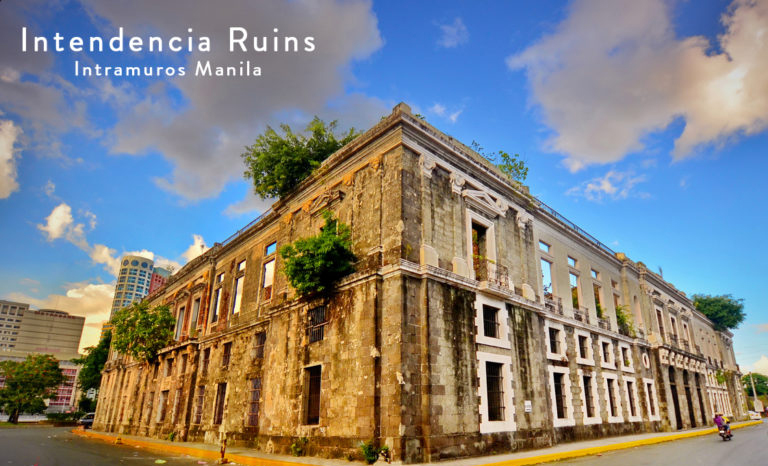
Pre-Hispanic period
The strategic location of Manila along the bay and at the mouth of Pasig River made it an ideal location for the Tagalog and Kapampangan tribes and kingdoms to trade with merchants from China, India, Borneo and Indonesia.
Before the first arrival of Europeans on Luzon island, the island was part of the Majapahit empire around the 14th century, according to the epic eulogy poem Nagarakretagama which described its conquest by Mahārāja Hayam Wuruk. The region was invaded around 1485 by Sultan Bolkiah and became a part of the Sultanate of Brunei. The site of Intramuros then became a part of the Islamic Kingdom of Maynila a Bruneian puppet-state ruled by Rajah Sulayman, a Muslim Rajah who swore fealty to the Sultan of Brunei.
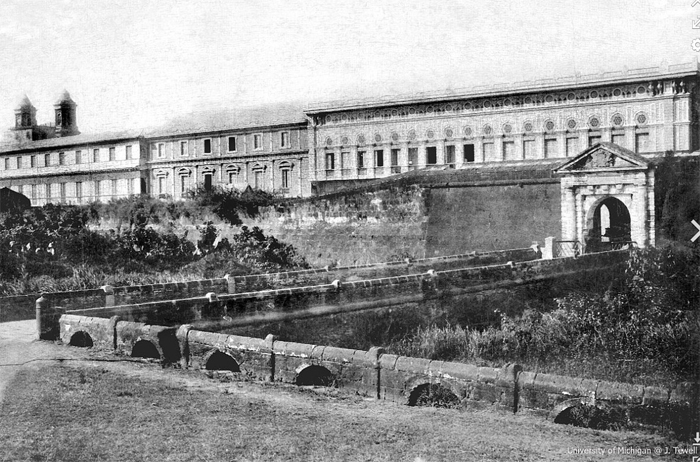
Puerta de Santa Lucia gate of Intramuros in front of Augustinian convento, Manila, Philippines – 1899
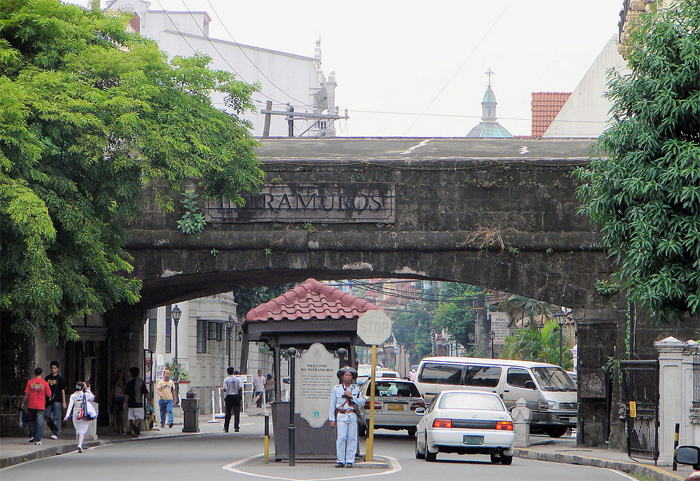
Entrance on Gen. Luna Street
Inside colonial Intramuros
The main square of the city of Manila was Plaza Mayor (later known as Plaza McKinley then Plaza de Roma) in front of the Manila Cathedral. East of the plaza was the Ayuntamiento (City Hall) and facing it was the Palacio del Gobernador, the official residence of the Spanish viceroyalties to the Philippines. An earthquake on June 3, 1863 destroyed the three buildings and much of the city. The residence of the Governor-General was moved to Malacañang Palace located about 3 km (1.9 mi) up on the Pasig River. The two previous buildings were later rebuilt but not the Governor’s Palace.
Inside the walls were other Roman Catholic churches, the oldest being San Agustin Church (Augustinians) built in 1607. The other churches built by the different religious orders – San Nicolas de Tolentino Church (Recollects), San Francisco Church (Franciscans), Third Venerable Order Church (Third Order of St. Francis), Santo Domingo Church (Dominican), Lourdes Church (Capuchins), and the San Ignacio Church (Jesuits) – has made the small walled city the City of Churches.
Intramuros was the center of large educational institutions in the country. Convents and church-run schools were established by the different religious orders. The Dominicans established the Universidad de Santo Tomás in 1611 and the Colegio de San Juan de Letrán in 1620. The Jesuits established the Universidad de San Ignacio in 1590, the first university in the country, but closed in 1768 following the expulsion of the Jesuits in the country. After the Jesuits were allowed to return to the Philippines, they established the Ateneo Municipal de Manila in 1859.
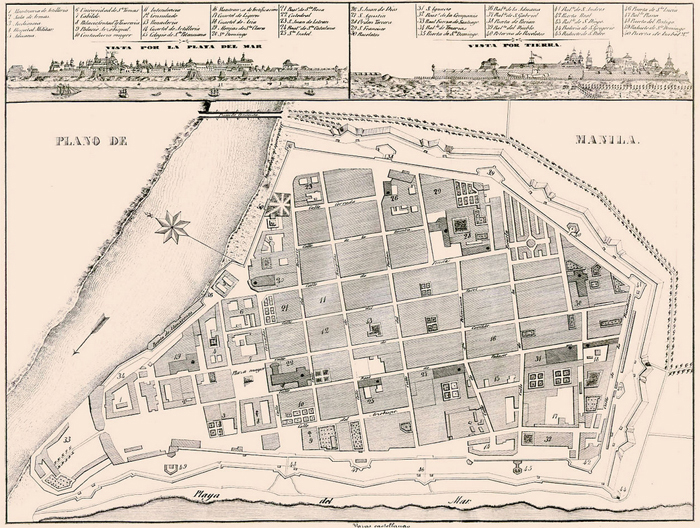
An 1851 map of Intramuros
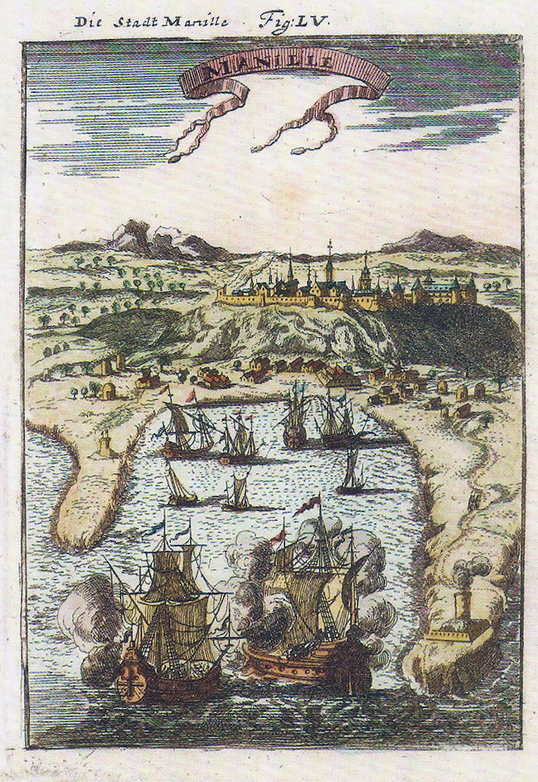
A portrait of “Intramuros” Manila in 1684 by Alain Mallet
References
https://en.wikipedia.org/wiki/Intramuros


